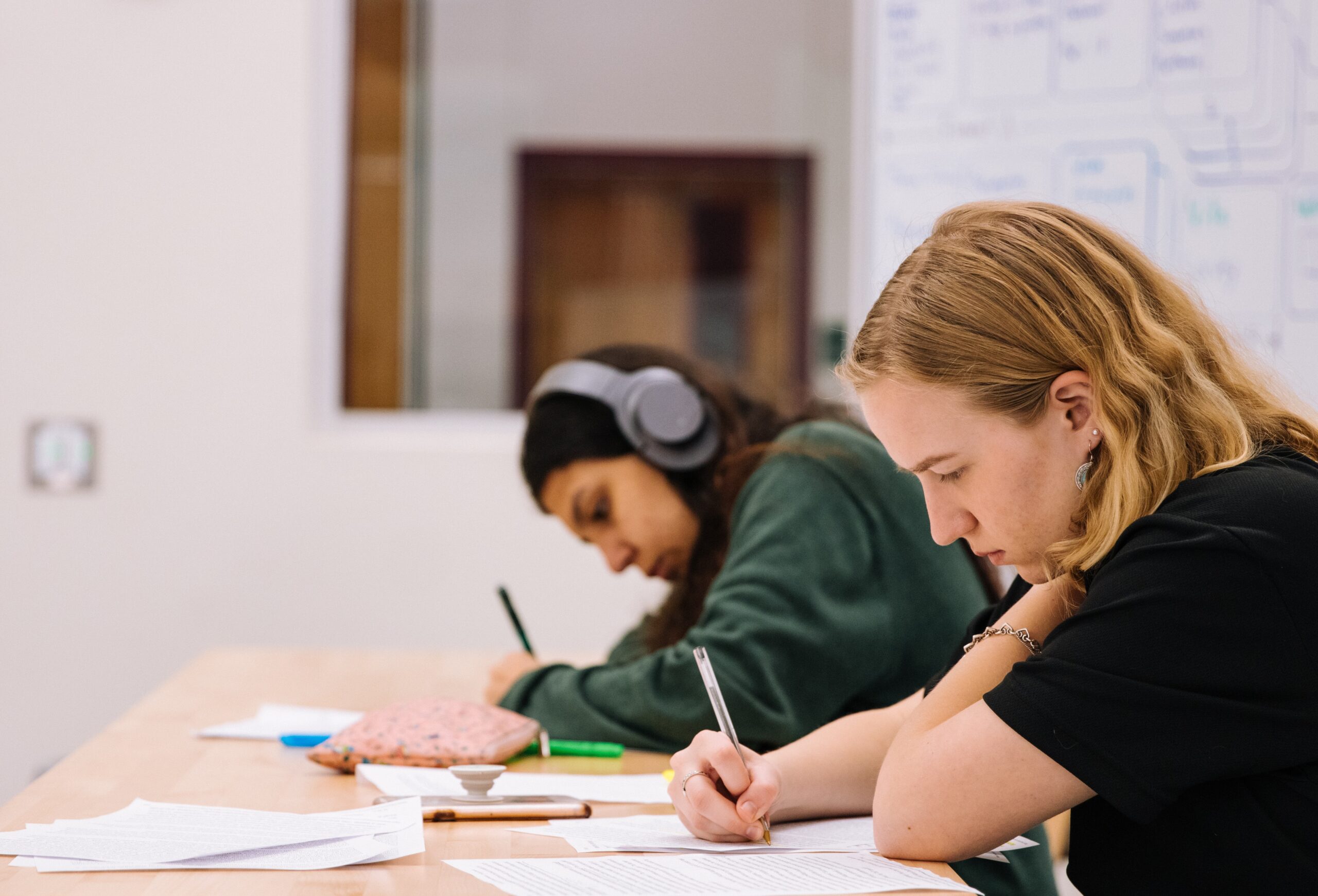The past year and some change has been difficult for people worldwide. For many teens, it was the first time in their lives they didn’t have to wake up and take the bus to school.
While you might think they’d be happy about that, the change was marked with fear and uncertainty. They were unable to see their friends everyday like before. Their extracurriculars took a hit. They may have experienced a spike in anxiety or depression.
However, humans are remarkably adaptable. And as it’s time to return to onsite learning, there are ways you can help ease the transition for your teen.
1. Establish Routine
One of the most important aspects of getting back into the old swing of things is establishing a routine. Get into this routine as soon as possible.
For instance, your teen may have been staying up late or sleeping in with remote learning. For many teens, this is a hard pattern to break. So, encourage them to go to bed at a regular time. You can also encourage them to eat breakfast. Not only is it fuel for their body, but it can be a positive start to their day.
You can also help them get into a better routine of doing their homework in the afternoon or evening so they have time to relax before bed. Other aspects of this routine can include chores or family time.
2. Empathize and Reassure
Your teen may be anxious to return to onsite learning with COVID-19 still looming. One way you can help ease their anxiety is by providing reassurance and confidence in the decision for in-person classes. After all, you’re living through the pandemic as well and this shared experience allows you to empathize with them.
Although they may be in a life stage where they’re discovering their independence, your teen still looks to you for comfort and support. If they are worried about seeing their peers again, remind them they haven’t lost their social skills overnight.
Emotional validation is key. Be sure to listen to them without interrupting when they express their fears or struggles.
3. Highlight Self Care
While it’s important to encourage your teen to get into a routine and reassure them, it’s also important to remember that this won’t be a magic fix. There will still likely be some anxiety about it all.
That’s why it’s also important to encourage self care as a part of your teen’s routine. Taking care of their emotional and physical needs during a stressful time will go a long way in helping them cope. You can:
- Encourage them to take walks outside or try a new activity like yoga.
- Encourage them to keep up with favorite hobbies.
- Make sure they’re eating and sleeping well.
- Allow them time to connect with others socially, either on the phone or socially distanced.
- Take breaks from watching the news or scrolling through social media.
4. Celebrate the Positives
During stressful times, it helps to celebrate the positive things happening in life. Is there anything your teen is looking forward to about the return to school? Perhaps they’re excited to see a favorite teacher or a good friend. Maybe they did well on a quiz they were nervous about. Or it might excite them to partake in extracurriculars again.
Ask them what the best part of their day was when they get home. Even if it’s something small, celebrating it creates a positive track for the next day.
A teenager’s life is full of change and transition, pandemic excluded. With the health crisis on top of it, it’s understandable that they might be anxious about returning to school. For many, it has been a stressful and traumatic year. But you can help your teen make the most of returning to onsite learning and set them up for success.
Need extra support? Reach out today so we can help get you on a positive path and create healthy coping skills.



